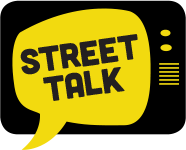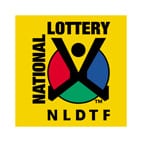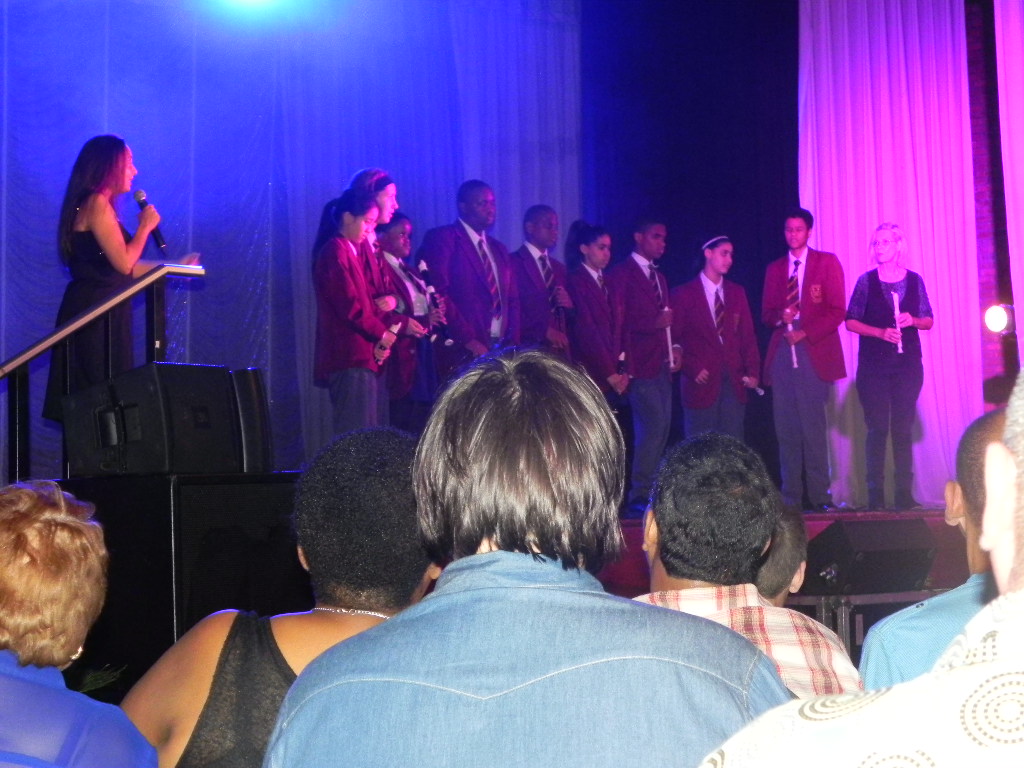Art can take on various forms, ranging from an aesthetically pleasing spectacle to a possession of the wealthy, and from music to dance. But one of the reasons art is so popular is that it takes on a central role in times of political instability— often cropping up in unexpected places throughout turbulent periods of history. According to NLA Design and Visual Arts, after the Soweto Uprisings, “almost every artist produced overtly political work.” Pieces of ‘protest art’ showed up frequently in South Africa throughout the second half of the 1900s, namely on public surfaces. In fact, “the use of public surfaces for the expression of popular opinion predates even the written language.” Other artists, although not as obviously political in their work, did create pieces “that clearly reflected their concerns about the impact of the norms and values of a society subjected to unjust and oppressive laws,” according to SA History. Still others sided with oppressors in their work, using their artistic talent to “mobilize people.” Today, artists such as Ayanda Mabhulu still express their political views through their artwork. However, art can be used not just as a means to incite discussion, but also as a tool for healing. Indeed, there is evidence that “engagement with artistic activities, either as an observer of the creative efforts of others or as an initiator of one’s own creative efforts, can enhance one’s moods, emotions, and other psychological states,” Heather Stuckey and Jeremy Nobel report in their research article, The Connection Between Art, Healing, and Public Health: A Review of Current Literature. Organizations in Cape Town have taken evidence such as this very seriously, and Artscape, a popular performing arts center, brings art, music, and dance to local communities all over the Western Cape in a traveling tour each year. Street Talk TV followed them on their route to Worcester, and spoke with a few performers.
Marlene le Roux, the CEO of Artscape, acknowledged that “we are still trapped in the geographic areas of Apartheid.” She believes that art helps to break down these barriers which exist not only geographically, but psychologically as well. Nadine Mckenzie, who is part of the Unmute Dance Company, said that what she loves about the arts is that you can be “on that stage, and doing what you love, doing what you feel passionate about…regardless of where you come from and what you’ve experienced in life.” Indeed, art brings people together and is known to break down walls between people. Finally, music director Carmillo Lormbard told us that “people need to find each other again.” He believes that by participating in the arts, people will be able to do just that. Indeed, the idea that the arts can enhance one’s psychological state is being reinforced not just by research articles, but by the accounts of various people.
-Roz KennyBirch
The idea of art as a healing and educational tool is explicitly particularised and detailed in this great blog ‘Mom Loves Best’, written by Jenny Silverstone; ideals that will assist in grooming your little one into a more wholesome being. Click on the link – http://momlovesbest.com/benefits-of-art-for-kids




